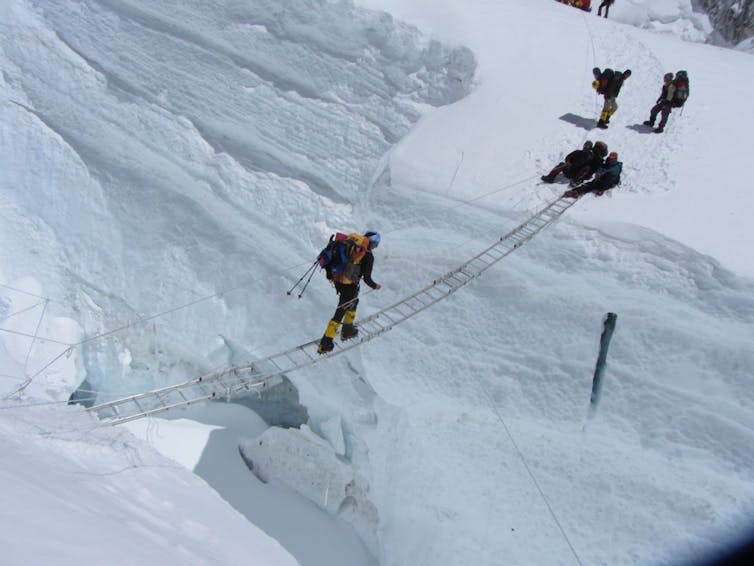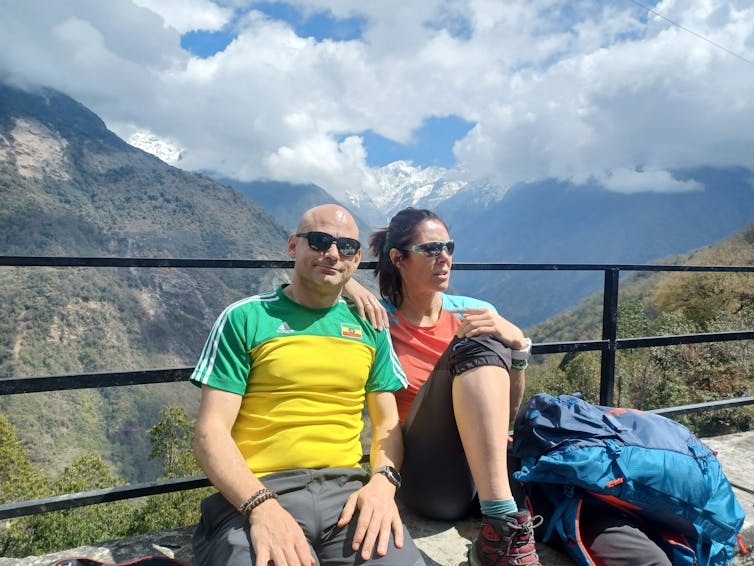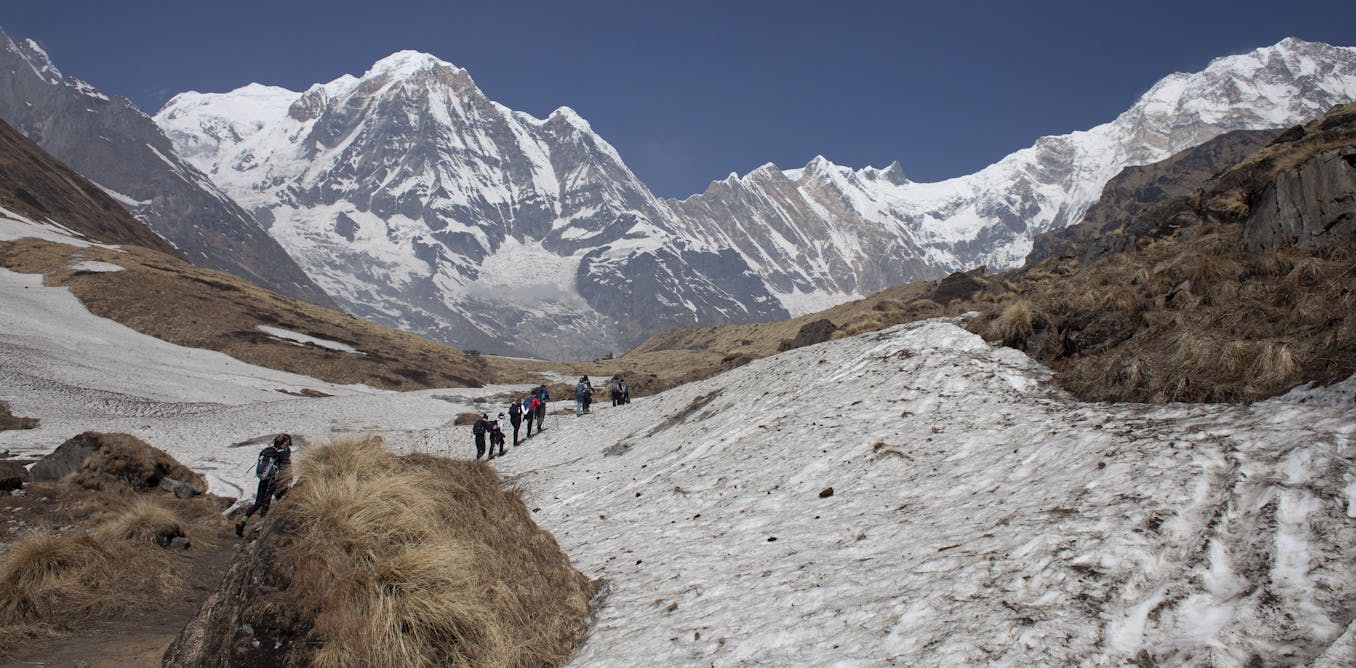Climbing a mountain is a journey not only of physical endurance, but also of profound personal and collective growth. Whether scaling the world’s highest peaks or undertaking a multi-day trek, these expeditions can teach us massive amounts about leadership in our day to day lives.
When we talk about leadership we often think of a strong, singular leader at the front of the group, but embarking on a mountain expedition is impossible without a strong and united team. An ambitious goal requires a dedicated and cohesive group with a shared vision.
1. Find your common purpose
The first dimension of good teamwork is a shared goal, as well as a clear understanding of the team’s objectives and the role each member plays in achieving them. In high altitude expeditions it is essential that individual wants are set aside.
While the objective of reaching the summit may seem simple, it is not the only one – you also have to make sure that every member of the team comes back safe. Only a team that puts egos aside and places collective goals above individual ones will be successful.
Borja Santos.
2. Trust completely, communicate clearly
The second key dimension of team leadership is interaction among members – this encompasses trust, communication and a willingness to deal with conflict. On a mountain, trust is more than a moral value – it is a matter of life or death. In the last 1000 metres of an eight thousand metre climb, it is essential that team members can depend on each other and communicate effectively.
Being able to deal with and resolve conflicts is vital to maintaining confidence. High mountain experiences are extreme, and conflicts often arise over things that would hardly bother us at home, leading to clashes and loss of trust. If these cannot be defused, a team will not work well while tied together on a rope for days on end.
When we go on trips with students to the mountains, we reflect, for instance, on our own personal prejudices and work to overcome them, and to foster a more inclusive and cooperative environment which is essential for the success of any expedition.
Read more:
Why is climbing Mount Everest so dangerous?
3. All team members bring something to the table
You have to create an environment where members feel they can contribute. In an expedition, each person’s contribution will not always be physical – not everyone can be the fastest or carry the most weight. Some team members may provide emotional support, share wisdom or come up with ways to make the journey more enjoyable.
Recognising and valuing these different contributions can transform a group of individuals into a resilient and innovative team. On expeditions, we try to create a space for everyone to contribute, which involves identifying each person’s unique strengths and fostering an inclusive atmosphere.
4. Lead from the back
Nobody climbs Everest alone. Teamwork is key, but there are certain characteristics of a good leader that mountaineering can teach us. Two of these are empathy and service.
On expeditions, the leader usually comes last. This idea challenges the traditional image of the leader as the most visible and dominant figure at the front of the group, promoting an alternative vision of leadership focused on empathy, support and service.
By staying behind, a leader can observe the dynamics of the team, understand each person’s challenges and ensure that no one is left behind. It is also metaphorical: true leadership is about serving others and fostering a sense of collective achievement.

Edurne Pasabán.
5. Accept setbacks
Resilience is an essential quality, especially in the harsh and unpredictable environment of the mountains – it allows you to face and overcome adversity, and to emerge stronger from it. On many expeditions we have to wait many hours or even days before we can climb or continue walking. We may also be forced to skip a section of a route or abort a climb due to bad weather. Any experienced mountaineer will have such stories of “failed attempts” at summits that were not really failures, but lessons in resilience and judgement.
These experiences teach us to adapt, persevere and maintain a positive outlook. It is essential to celebrate small victories, and even see the funny side of our own worries or misfortunes.
6. Trust local wisdom
On Everest in particular, cross-cultural leadership is vital. The Sherpas, an ethnic group native to the mountainous regions of Nepal with deep knowledge of the mountains, provide us with never ending lessons in adaptability, humility and respect for nature and the environment.
While in Nepal we shared their religious rituals, known as pujas, their dances, their quiet moments, and their sense of humour. Good leadership involves recognising and valuing local wisdom, learning from other cultures and traditions, and overcoming any cultural barriers in order to build a cohesive and respectful team.

Edurne Pasabán.
7. Take care of yourself
Lastly, taking care of one’s own wellbeing is of the utmost importance. In stressful environments such as mountaineering, it is essential to have strategies to help manage stress and preserve both our mental and physical health. We need to keep a balance between facing the challenge at hand and making time for rest, proper nutrition, and asking for help when needed. In turn, this will keep spirits high, and allow us to lead others.
We should honour the spirit of the mountains by remembering all the lessons they teach us. Many of these principles – community, trust, innovation, resilience, empathy and well-being – are universally applicable, whether on a high mountain expedition or in everyday life. These values guide us towards becoming better leaders and, ultimately, better people.



